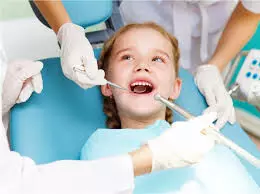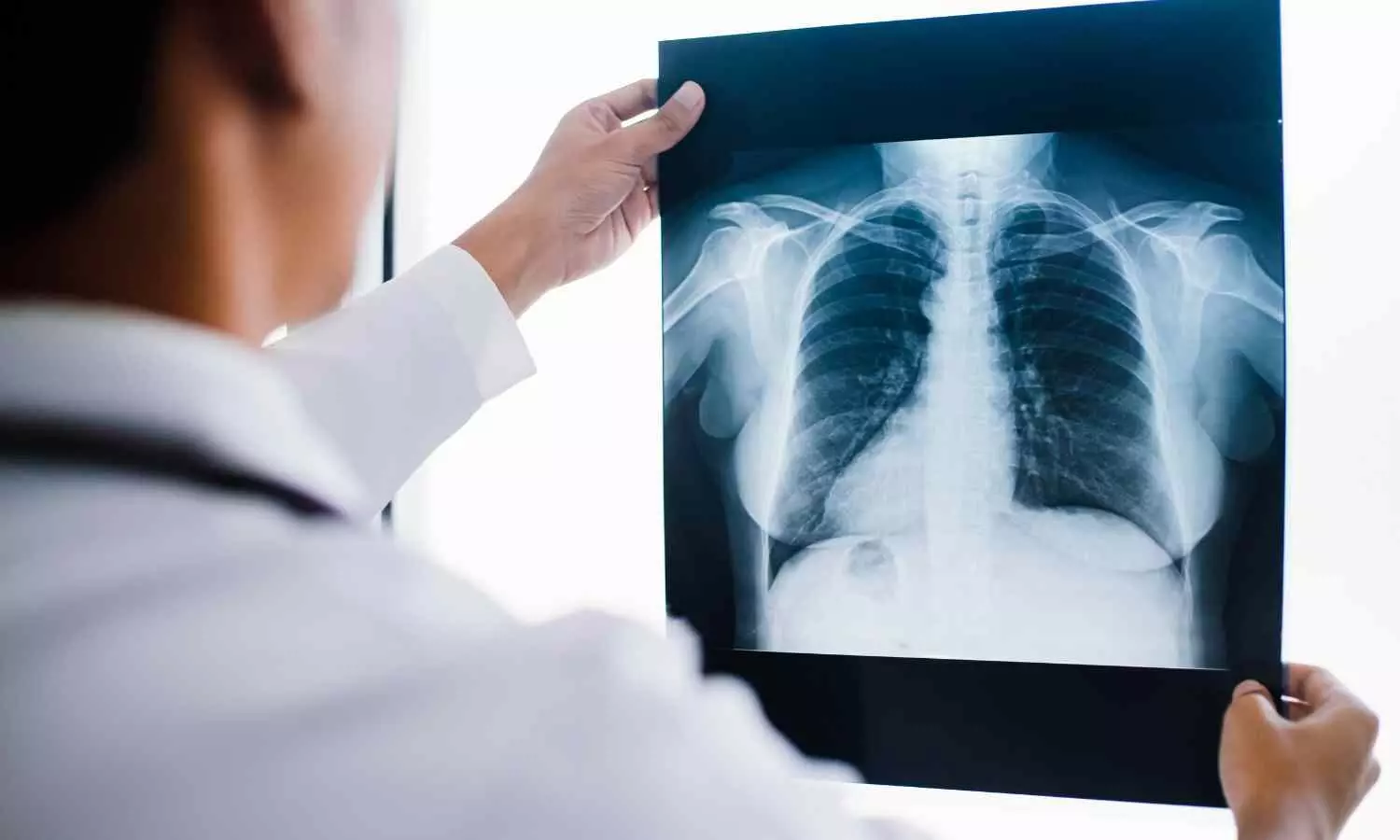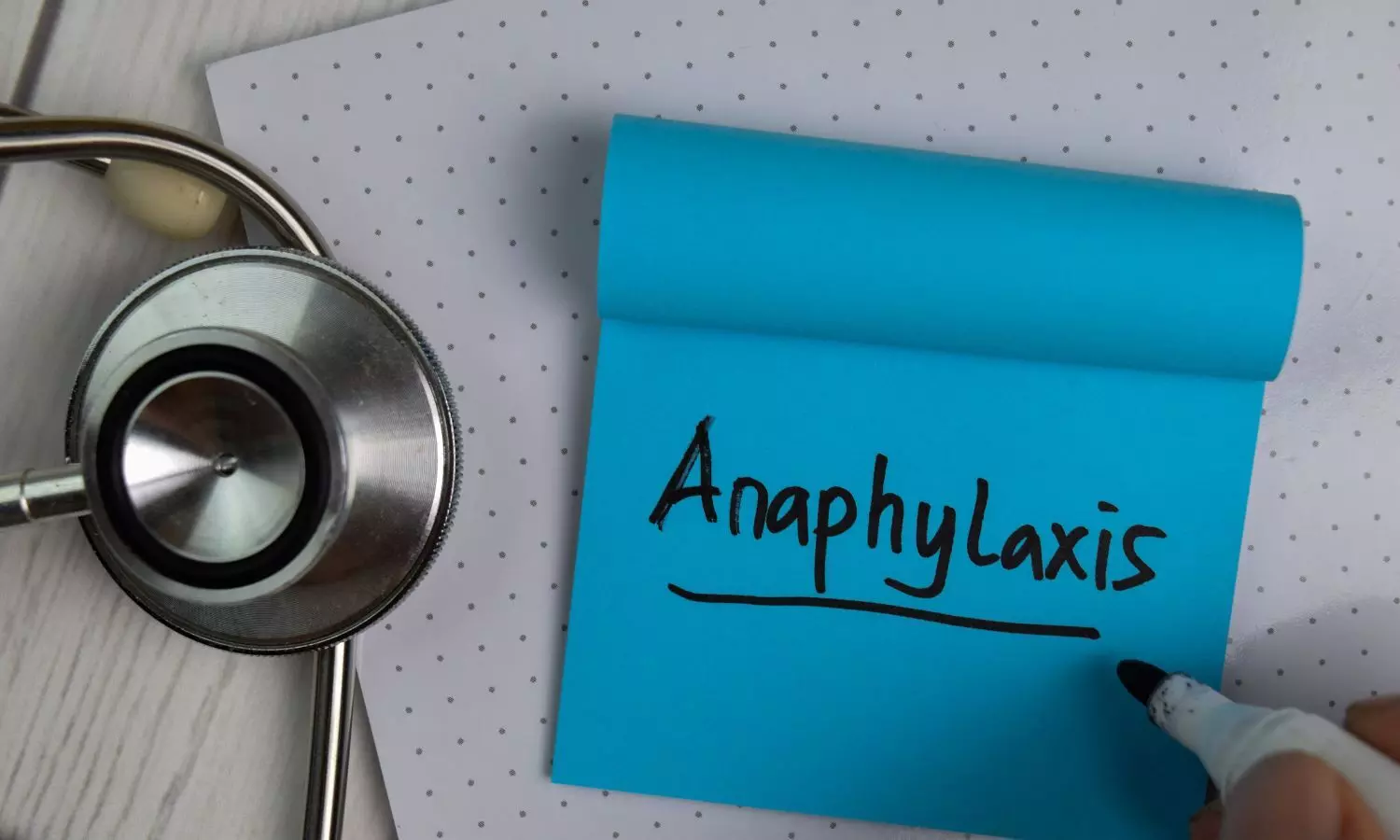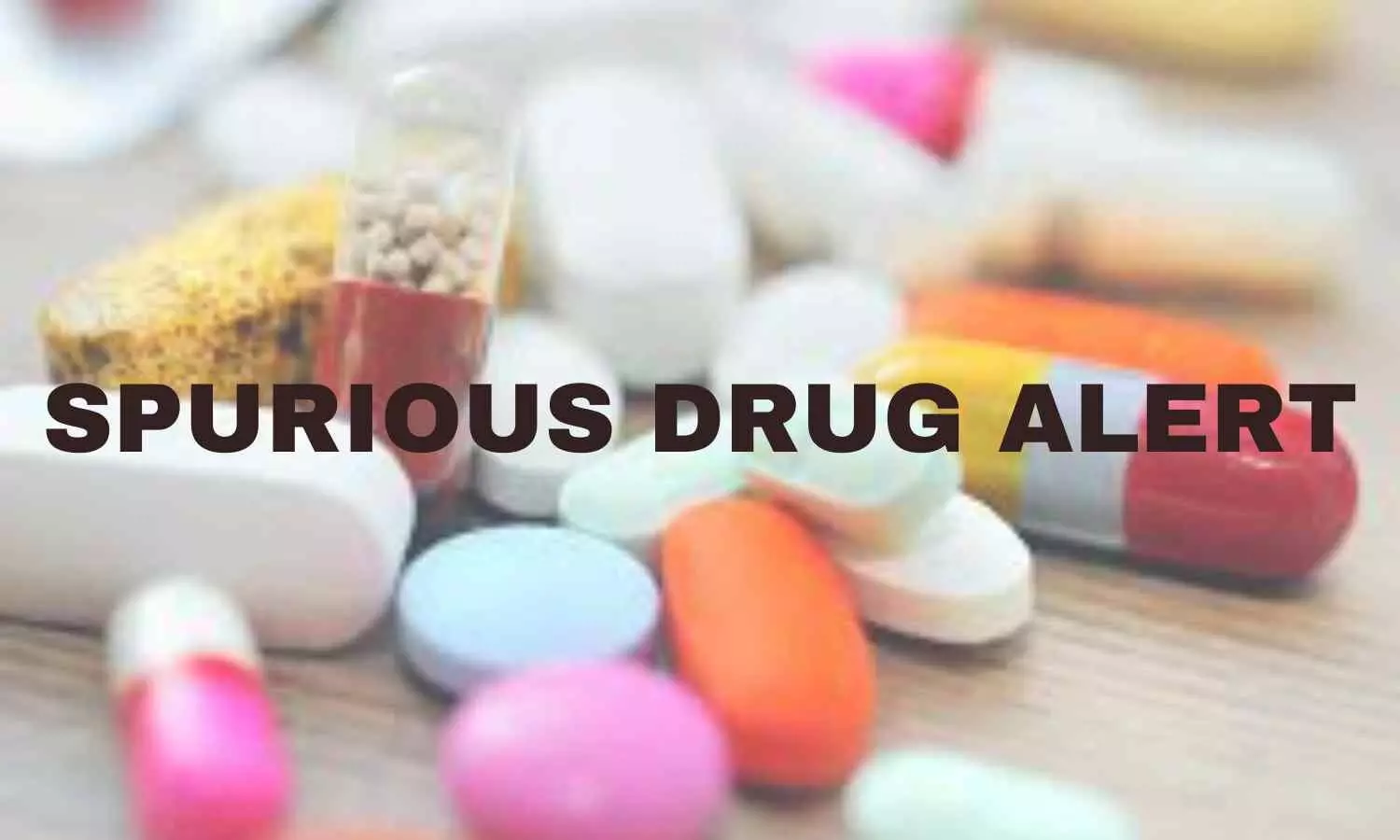As per the information bulletin, the duration of the MBBS course is 4½ years followed by compulsory rotating internship training of one year. All medical cadets after completing final MBBS examination will undergo internship training in selected service hospitals recognized by the National Medical Commission (NMC).
DOCUMENT SCRUTINY
1 The candidates who have made it to the final merit list/wait list as published on DG-1D website & AFMC website and thereafter called for admission will have to produce the original Admit card for NEET UG – 2025 containing the NEET Roll number, original mark sheets of their qualifying examination and other documents, details of which will be given in the joining instructions. If their results and mark sheets are not received by the date of reporting for admission to AFMC, their candidature will be cancelled and no representation in this respect will be entertained. No candidate will be admitted provisionally awaiting result of the qualifying examination. If at any point of time in the process of interview, admission, or MBBS course the documents of the candidate are found to be false/not authentic or any other discrepancy is observed, the candidature / selection / admission of the candidate will be cancelled forthwith.
2 Wait list will be released along with the merit list only. The waitlisted candidates will be called in blocks and will be offered seats in order of merit. Candidates are required to report strictly by 1400 hrs on the day of reporting. Anyone reaching AFMC Pune after the cut off time will not be entertained in any circumstances. Candidates should keep certificates and fees ready and be ready to move at short notice on receipt of intimation by telephone, letter or e-mail.
3 No intimation about non-selection or correspondence in this regard will be entertained. No seats will be kept vacant for candidates higher in merit in waiting list if they fail to report on the date and time on which they have been called for reporting.
4 Candidates MUST preserve the NEET UG–2025 admit card till the admission to AFMC is over. Admit card along with NEET UG–2025 Roll number, will be required during the interview and final admission to college.
ELIGIBILITY
A candidate seeking admission to the MBBS Course in AFMC is eligible if he / she fulfils the following criteria-
1 The candidate should be a citizen of India. Foreign nationals of Indian origin may be admitted into AFMC only after they have acquired Indian Citizenship or in respect of whom the Ministry of Home Affairs issues a certificate of eligibility. This however does not apply to the 05 Govt Sponsored Candidates from Friendly Foreign Countries.
2 Must be unmarried. Marriage during the course is not permitted.
3 Should be medically fit.
4 The candidate should have attained the age of 17 years at the time of admission or should be completing that age on or before 31 Dec of the year of admission of the first year of MBBS course but must not have attained the age of 24 years on that date, i.e., must have been born not earlier than 01 January 2002 and not later than 31 December 2008.
NON-ELIGIBILITY
The following categories of candidates are not eligible to apply-
1 Candidates who have passed in Domestic Science, Domestic Arithmetic, and Lower Math separately or in combination with other subjects like General Science / Social studies in High School / Higher Secondary (Multipurpose) or equivalent examination.
2 Candidates who have passed only Pre-University / Pre-Degree (one-year course) or PreProfessional in Agriculture / Veterinary / Dental Examination.
3 Candidates who have passed the Pre-professional or equivalent qualifying examination as a private candidate or from Open schools.
4 Candidates who have secured the requisite percentage but in subsequent attempts or compartment examination.
ACADEMIC QUALIFICATIONS
Candidates must have passed one of the qualifying examinations below in the first attempt with English, Physics, Chemistry and Biology/ Bio-technology taken simultaneously and securing not less than 60% of the aggregate marks in these three science subjects taken together and not less than 50% marks in English and 50% marks in each of the science subjects. They must have also passed an examination in Mathematics of the tenth standard. The examinations are-
1 The Higher Secondary (10+2) or equivalent examination in science of a statutory Indian University/board or other recognized examination body with English, Physics, Chemistry & Biology/ Bio-technology which shall include practical test in all of these science subjects.
2 The Pre-professional/pre-medical examination with English, Physics, Chemistry and Biology/ Bio-technology (after passing either Higher Secondary School examination or pre- University or equivalent examination) which shall include practical test in these science subjects.
3 1st year of three years Degree course of a recognized University with English, Physics, Chemistry, and Biology/ Bio-technology including practical test in science subjects provided the examination is a University Examination.
4 Senior Secondary of a statutory Examination Board of Indian School Certificate examination of 12 years of study, last two years of study comprising of Physics, Chemistry, Biology/ Bio-technology and Mathematics or any other elective subject with English at higher level.
5 Higher Secondary School Certificate examination of Maharashtra State Board of Higher Secondary Education with English at Higher level, anyone of the Modern Indian or Modern Foreign or Classical Languages, Physics, Chemistry, Biology/ Biotechnology and Mathematics or any other elective subject.
6 Any other examination which in scope and standard is found to be equivalent to the Higher Secondary Science/Pre-Professional/Pre-medical Examination of Indian University/ Board with English, Physics, Chemistry and Biology/ Bio-technology including practical test in each of these Science subjects.
7 B.Sc. Examination of a recognized Indian University provided that he/she has passed the B.Sc. Examination in not less than two of the subjects Physics, Chemistry, Botany, Zoology / Bio-technology and further that he/she has passed the qualifying examination with Physics, Chemistry, Biology and English.
8 Candidates who have appeared or will be appearing in qualifying examination may also apply. Admission, if selected, however, will be subject to passing and meeting the eligibility criteria.
9 Regarding the requirement of Mathematics, any candidate who has passed Higher Secondary, Senior Cambridge or Indian School Certificate Examination and had not offered Mathematics in the final year will be deemed eligible if he / she had studied Mathematics up to the pre-final year stage (X Class) and had passed an examination in the subject provided it was at least of Tenth standard. A certificate signed by the Head Master or Principal of the school in which candidate has studied should be produced at the time of interview in such cases. A candidate who had not taken Mathematics in the Tenth or an equivalent examination but had subsequently passed in Mathematics as an additional subject in I. Sc. / B.Sc. examination is also eligible.
SC/ST CANDIDATES
For the SC/ST category candidates, up to 10 seats out of 145 will be offered subject to fulfilling the following criteria-
1 The SC/ST candidates must have applied for AFMC, Pune and also qualified in the NEET UG-2025 written examination.
2 They must fulfil all other conditions/standards, as applicable to non-SC / ST candidates, like age eligibility, academic qualifications, medical fitness, etc.
3 These seats will be in addition to any vacancies secured by SC/ST candidates on the basis of their position in the main merit list.
4 In case of any SC / ST girl / boy, admitted against these vacancies the number of girls / boys to be admitted against the general seats will be reduced correspondingly.
5 All such candidates will have to sign a surety bond on the same lines and on the same conditions as Non-SC / ST candidates.
NUMBER OF SEATS
A total of 145 medical cadets (115 boys & 30 girls) will be admitted for the year 2025. In addition to the above 145 seats, Govt. of India at its discretion through Ministry of External Affairs & Ministry of Defence may sponsor and select five (05) NEET(UG) qualified foreign students from friendly foreign countries for MBBS training in AFMC, under their aid / collaboration programs. Up to 10 seats out of 145 are offered to candidates belonging to the Scheduled Castes/ Scheduled Tribes (SC/ST) subject to the provisions.
CANCELLATION OF ADMISSION
Any candidate, during the whole process of admission or subsequently after admission, if found to be having less marks in the qualifying examination or produces false certificates or conceals any disease to get admission, his / her admission will be treated as cancelled and fees / deposit will be forfeited.
To view the information bulletin, click the link below
https://medicaldialogues.in/pdf_upload/afmc-285484.pdf







